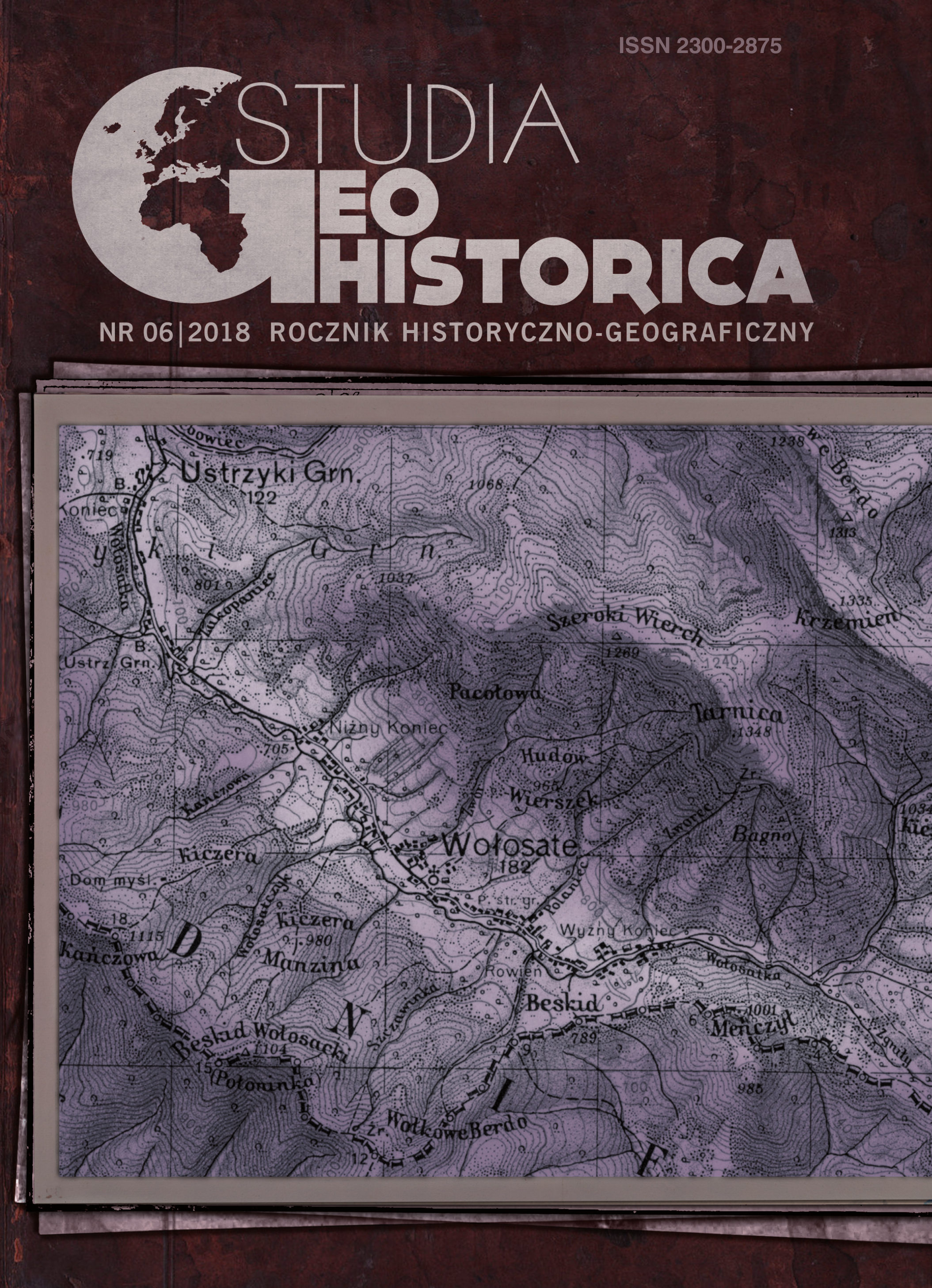Sources and Methods Used in the Reconstruction of Settlement Networks: An Archaeological and Geographical Perspective on the Example of Silesia
Sources and Methods Used in the Reconstruction of Settlement Networks: An Archaeological and Geographical Perspective on the Example of Silesia
Author(s): Agnieszka Latocha, Dominik NowakowskiSubject(s): Archaeology, Historical Geography
Published by: Polskie Towarzystwo Historyczne
Keywords: historical geography; settlement archeology; medieval archeology; Silesia; medieval villages
Summary/Abstract: The article presents several insights on the sources and methods used in the research of medieval settlement processes using the example of Silesia region. The number and variety of sources (archaeological, written, cartographic) used in the analysis of settlement processes makes it a subject of interest for researchers representing various fields, such as archaeology, history, and historical geography, which have already got their own established research methods. Growing interest in the topic of Late Medieval settlement has prompted an influx of studies on the topic; these are most often interdisciplinary in nature, resulting in articles and monographs published within the last few years, while integrated cooperative studies employing representatives of several different fields are more rare. The works on a dictionary of medieval villages in Silesia, which employed archaeologists, historians, a geographer, and a historical cartographer. The sources described in the article provide specific (though also limited) information on past settlement processes. Archaeological materials, mostly acquired by means of field survey, though by nature chronologically imprecise, provide data on everyday life of urban and rural residents, their production and the economy (eg.: extraction and processing of raw materials); written sources are important in identifying key information, such as the identification of settlement initiators or the analysis of land ownership relations; likewise, concurrent pieces of mass documentation which enable statistical analysis and comparative analysis, such as land books, inventories of goods, and ledgers, are of fundamental importance to research. Maps of appropriate scale (usually dating to the 18th or 19th century) remain the basic source of information in the geographic analysis of settlement processes. The modern character of the maps means that retrogressive methods are most useful in the reconstruction of the late medieval settlement networks. They help recreate elements of historical natural landscape, as well as traces of settlements and economic activity. Retrogressive methods, successfully employed in historical geography, is based on the assumption that it is possible to make conclusions about an earlier reality based on sources from a later period.
Journal: Studia Geohistorica
- Issue Year: 2018
- Issue No: 6
- Page Range: 55-69
- Page Count: 15
- Language: English

